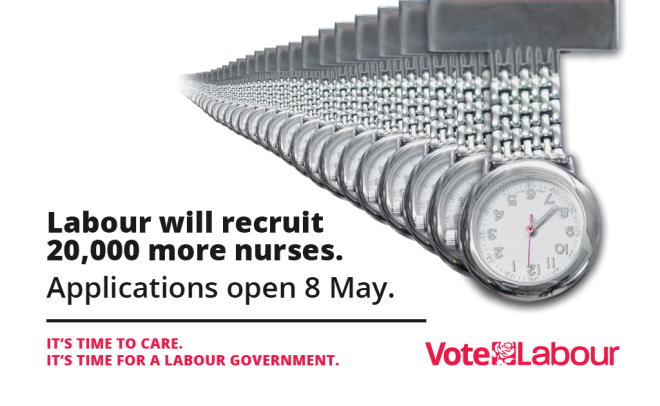I’ve been reading Dave Trott’s blog for years. He has a great turn of phrase and he makes his point very clear. He also has a habit of making the same point more than once. So while you read his blog, he’s hammering home the same point he’s made a few times before. Different stories every time, but the same point. It’s a nice way to do things. Sharing stories but repeating the point, making sure the message registers.
Dave’s current theme is about ‘simple human truths’. He’s used stories about Bernbach and John Webster to make his point. And it’s a good point. And it got me thinking about the difference between knowing and understanding, which in turn led me to recollect a story James Harding once told at an event about Ned Kennan.
Ned Kennan was a market researcher back in the 1960s. He was working for Listerine. Their market research data told them a lot about their customers: how wealthy they were; when they were most likely to use mouthwash; and so on. The data meant they knew a lot about their customers. Armed with that data, Listerine’s top management were seeking to grow sales by 2-3%.
Kennan boldly suggested that he could grow sales by 25%. He’d run some focus groups and he’d figured out that people who used Listerine followed the rules. They read instructions and they followed them. So if you were supposed to use a capful of mouthwash, they’d use a capful. If you made the cap 25% larger, then you’d sell 25% more mouthwash. Kennan understood his customers.
That’s the difference between understanding and knowing.

